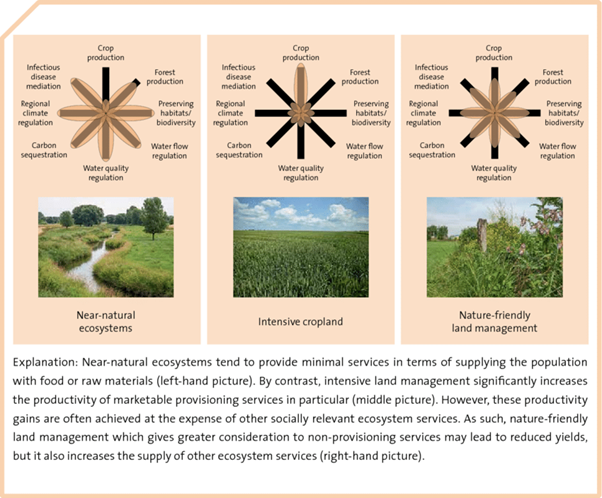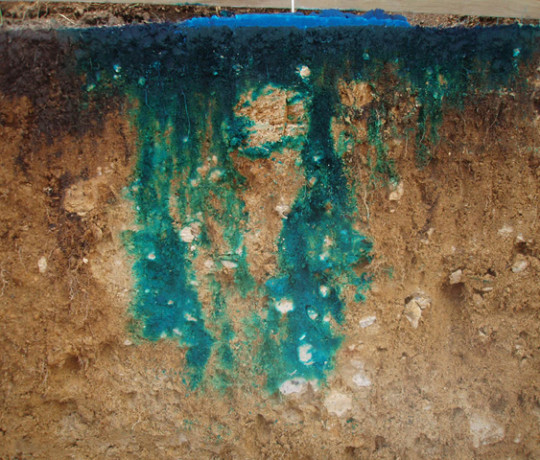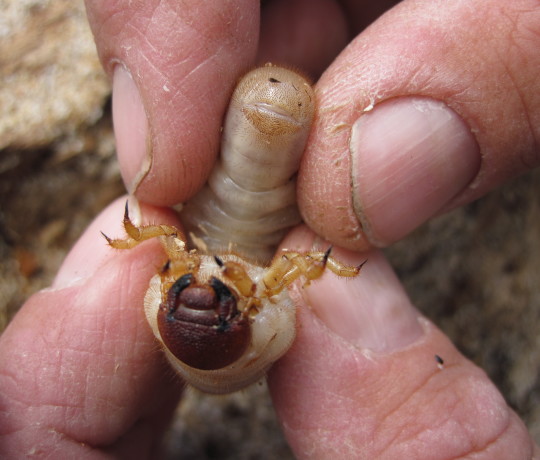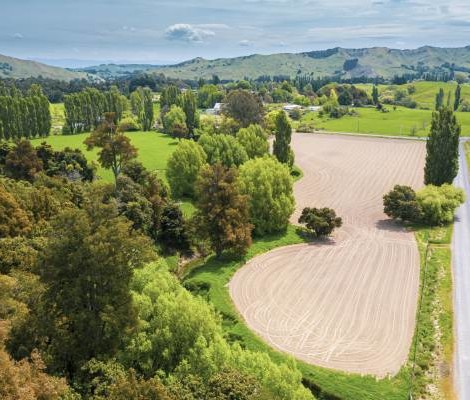Soils and land use
Soils represent an important agricultural resource for pasture production, forestry and horticulture.
Soil and climate are ultimately responsible for producing the majority of our food, clothing, housing and overseas funds.
Certain regions such as the Waikato have soils and climate that are particularly suited to the growth of grass and other pasture species, fruits and vegetables. Because of this the Waikato has developed into a rich dairying area and has a high potential for horticultural production. As a consequence, Hamilton City and surrounding towns have prospered. If the soils were less suited for plant growth this may not have been the case, civilisations have risen and fallen on the capabilities or disadvantages of their soil.
It is vital that an understanding of soils be developed, so unfavourable soil conditions can be improved and soils best suited for specific purposes be recognised and preserved. In many ways soils can be regarded as a non-renewable resource that should be respected and preserved for future generations. With this view in mind town and city planners are required to protect the most valuable soils in their area from urban development.
Know your soil to manage your land
There are a great variety of soil types throughout New Zealand, every one having its own position in the landscape and pattern of distribution over the region. Each soil has a unique set of soil properties or characteristics that make one soil more suitable for a particular land use than another soil.
The ability to identify a particular soil, together with a knowledge of its properties, enables:
- land to be identified which has the most appropriate soil for a selected crop to be grown
- crops to be identified that can be grown on a particular piece of land that has already been selected
- a plan to be formulated for an existing piece of land so that the land can be modified to be more suited for its intended use.
It is an urban myth that managing soils degrades them
However, using a soil for a specific purpose will likely change several of the soil chemical, physical and biological properties over time.
Often it is the type and intensity of the intended use of the soil or land that will determine if these changes are favourable or rather undesirable from a human viewpoint.
To make things even trickier, when using land for agriculture, horticulture or forestry we will induce changes that enhance the production function, but at the same time may negatively impact on other soil functions such as e.g. the ability to filter water, or host biodiversity. Often, unfavourable on- and off-site affects of a particular land use are not immediately visible but take time to develop and become more pressing over time.
This means there are synergies, but also 'trade-offs' between the various soil functions. This is nicely illustrated by the right-hand image taken from Schröter-Schlaack et al. (2016).
Manaaki Whenua's ambition is that New Zealanders use our land, soil, and water resources wisely. Finding a healthy way to balance land and ecosystem use is critical to our future prosperity, using information and tools to support effective management of our land resources.



